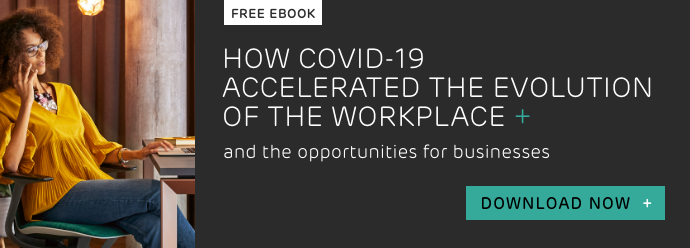Research is pointing to five overarching worker needs which employers have to meet for a successful Post-Covid workplace strategy. What do your people want from you to feel they’re coming back to better?
1. Workers want to be safe and feel safe
For at least the next 6 months (and maybe longer) we’ll still need to do everything we can to mitigate the risk of the spread of the Covid-19 and its variants. This is the new reality of office life. In the recent Steelcase research workers were asked what they thought would be the most important measures their company would need to take in order for them to feel safe in the workplace. The results were as follows:
- Air quality - 73%
- Adherence to safety protocols - 73%
- Facility cleanliness - 72%
- Physical distancing + boundaries - 71%
- Density - 69%
- Visitor protocols - 66%
- Food and beverage safety - 59%
But the truth is, in spite of many of these protocols being in place, as people returned to the office in between lockdowns it became clear that the extra safety measures were inhibiting enjoyment and creativity:
“When some people returned last summer, we retrofitted our workplace with diverse safety measures and implemented new protocols for safe behaviours. But the effect ended up feeling stressful for some people and some spaces looked a little sad because of distancing measures. Rather than feeling the buzz or energy we were used to. Gradually, we saw a number of people — who really wanted to be there — retreat and work at home."
Gale Moutrey, Vice President of Workplace Innovation + Brand Management, Steelcase
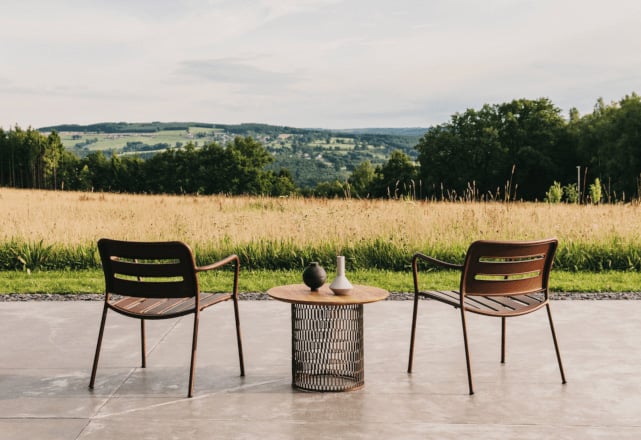
The challenge, then, is integrating these safer practices and protocols into a more fluid and less austere design language:
- Designing more versatile open spaces with less occupation density such as workcafes, collaborative and social hubs - places where your people ‘will want to be' - and where they can work best.
- Design for distancing: Oversize furniture, biophilic features, moveable screens - all can nudge workers with visual cues for distancing behaviour rather than aggressive ‘policing’ of the policy.
- Adoption of more contactless tech, for faster, more intuitive use of space.
- Improved comms - mobile and digital signage to replace intrusive ad hoc signing
- Use of air scrubbers and portable air purifiers to improve quality and consistency of air inside our buildings
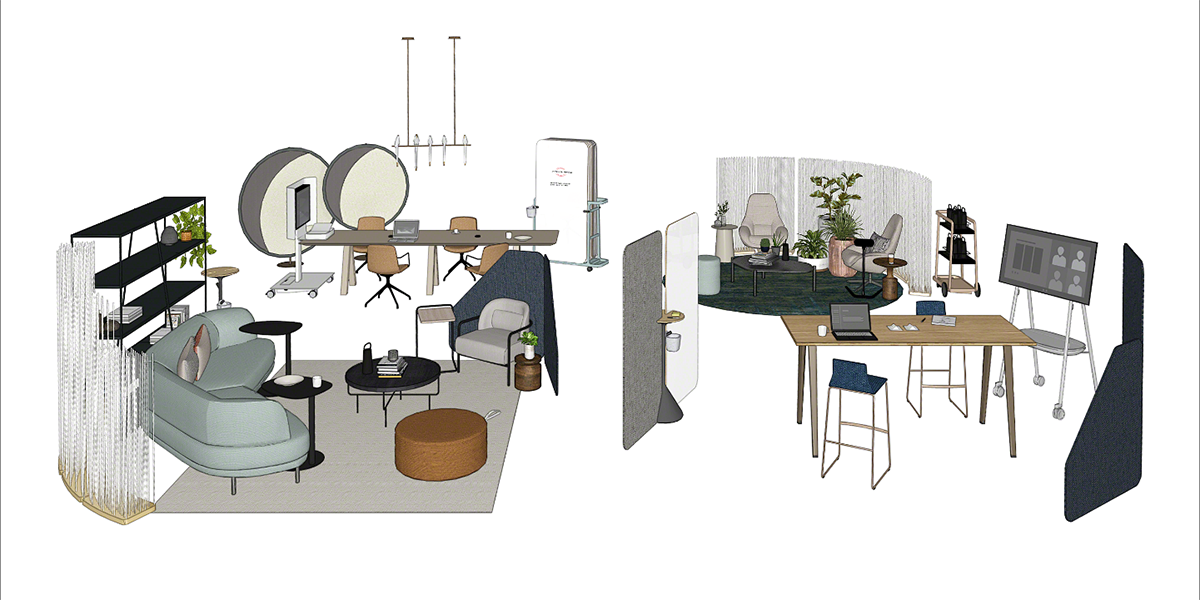
2. Workers need holistic comfort
We know that there has been a reckoning around comfort for some workers during lockdown. Homes ill-equipped for desk based work and improvised office furniture have left some in pain, showing us just how important the right seating is for our physical health.
We’ve seen in detail how a range of postures, as well as changes in settings and movement throughout the working day can optimise or detract from performance and happiness.
To come back to better, we need the furniture choices that can support this kind of physical and mental freedom.
- Sit-stand desks for purposeful work
- Ergonomic task chairs for sustained concentration,
- A range of sofas and armchairs to promote relaxation and deep thought.
And we should be thinking about how we can support those ergonomic needs for homeworkers and those in the office.
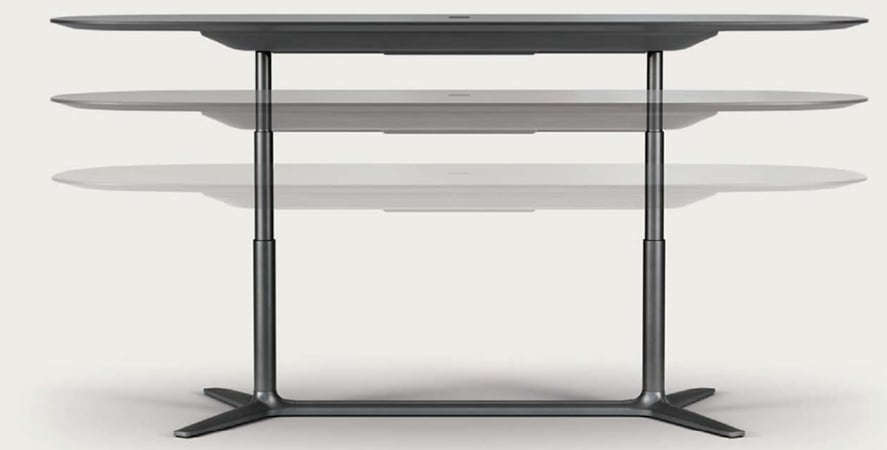
But it's not only physical health that we need to improve. We’ve also seen how important it is for us, as social animals, to have access to spaces where connection and shared creativity can happen.
Loneliness and isolation have made lockdown a miserable experience for many. In response to this dislocation we need to design more welcoming and sustaining spaces for our people to return to.
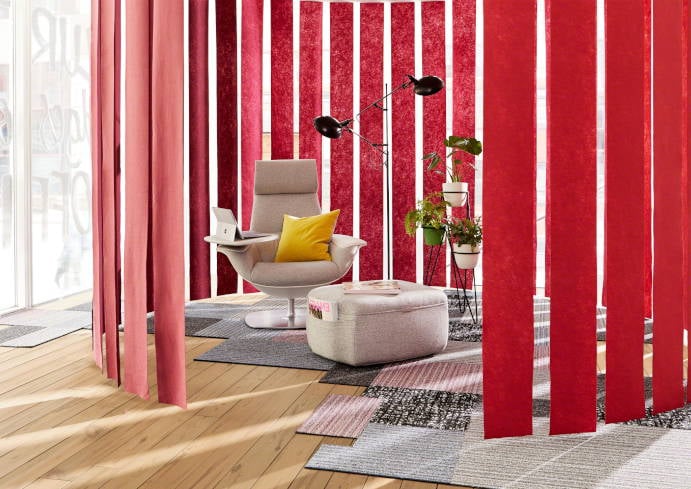
3. Workers want to be productive
Lockdown has given us an acute awareness of how our levels of productivity are affected by our immediate environment. We have seen how collaboration can be hampered by distance, even when we have the best digital tools. And we’ve seen how the focus of home working can transform our levels of concentration.
How are our office environments going to allow us to shift between ‘me work’ and ‘we work’? How are we going to successfully braid the digital and real-world interactions that will be the future of hybrid working?
There are many options for making ‘private working’ possible even in relatively busy offices - and there are many ways in which we can draw digital and real-world collaborators closer to us.
4. Workers want more control
The answer to many of the challenges we’ve covered here will be in the control we have over our furniture and working environments
Fluid rather than fixed furniture solutions will become more important in the next few years. We need to make furniture choices that will allow people to position themselves in spaces in ways they feel safe and most productive. As a result, the more open-plan collaborative hubs we’re planning now feature:
- Highly moveable and adjustable chairs and tables
- Mobile acoustic screens
- Digital screens on wheeled easels
- Mobile power packs to enable work everywhere
- Individual pods within larger spaces for focused work
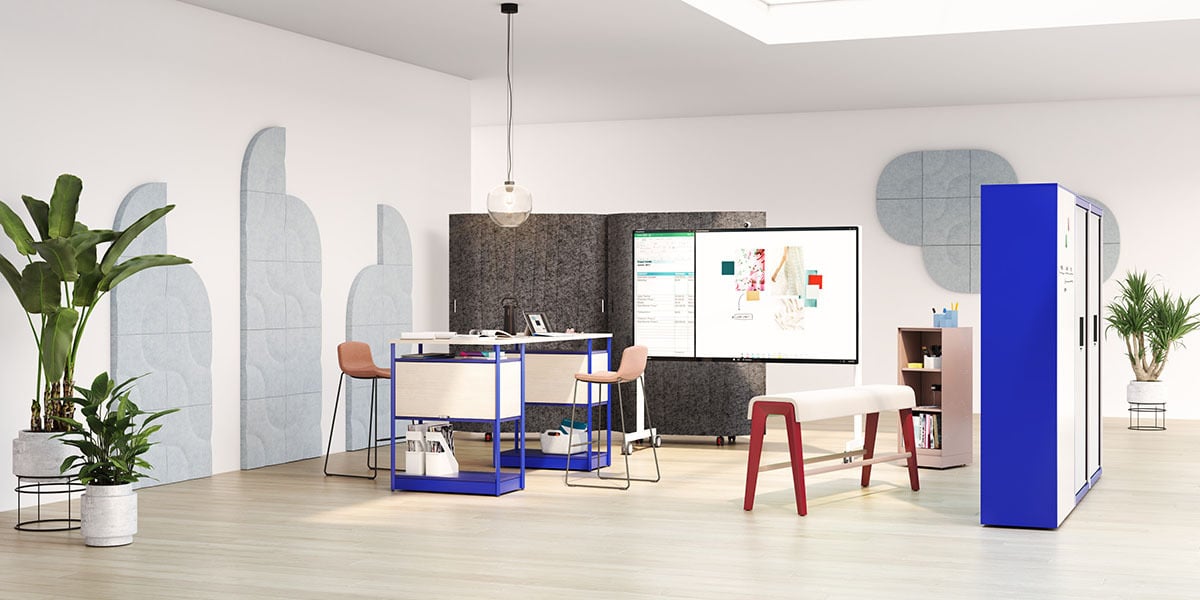
5. Belonging
And then there’s the sense of belonging - the hardest of all states to achieve artificially. But the research shows that the care we take creating spaces that are welcoming and supportive will be repaid with more committed workers.
Ensuring that senior leaders are accessible and part of the working melee will be important to this new inclusive design. And it's a trend that the biggest companies are embracing. in 2021 HSBC announced '
"that top managers in HSBC's Canary Wharf HQ have given up their offices and will hot-desk on an open-plan floor."
Up to now, senior managers have been based on the 42nd floor of the building in east London in their own private offices. - now those spaces are being turned over to build meeting and collaboration hubs.
But it's not just changes in hierarchical office layouts that can make your people feel part of a single team pulling in the same direction.
Playful and inspiring design can play its part in expressing the shared goals of an organisation, too. The offices of the IA architectural practice in San Fransisco demonstrate exactly how people in a physical space can be dynamically linked with geographical location and a shared 'vision'. As one journalist pointed out:
"At IA’s San Francisco office: environmental graphics—a stylized floor-to-ceiling city map along with a wall-sized floorplan—a three dimensional rendering of the brand’s iconic IA, recessed and backlit in a black three-dimensional box...and stunning views of the bay and city-scape seen through operable windows (along with a warm welcome) helped me know right away where I was and why."
In the Post-Covid era as we return to our offices after such a dramatic period of dislocation - capturing that sense of exactly 'where we are and why' might well be the key to a sustaining and sustainable road 'back to better.'




